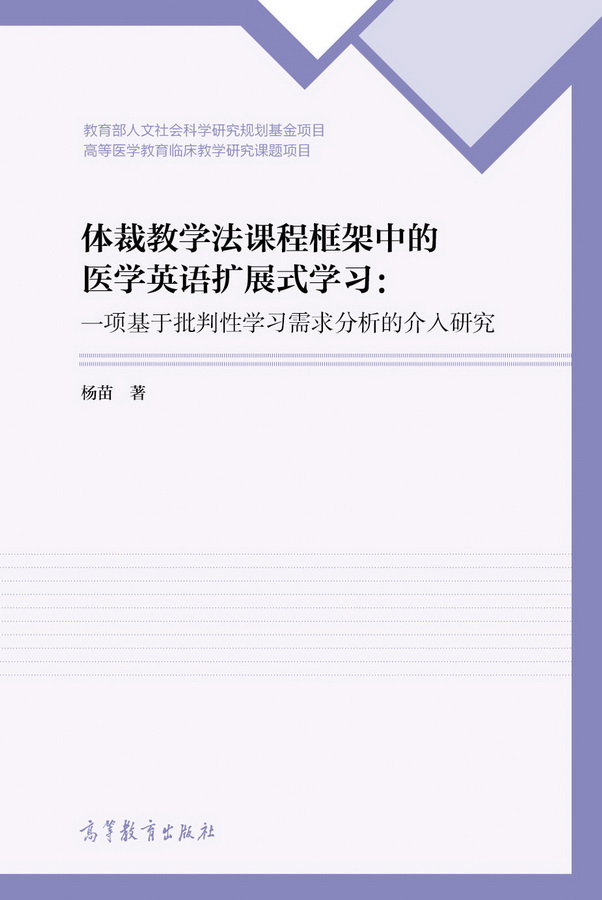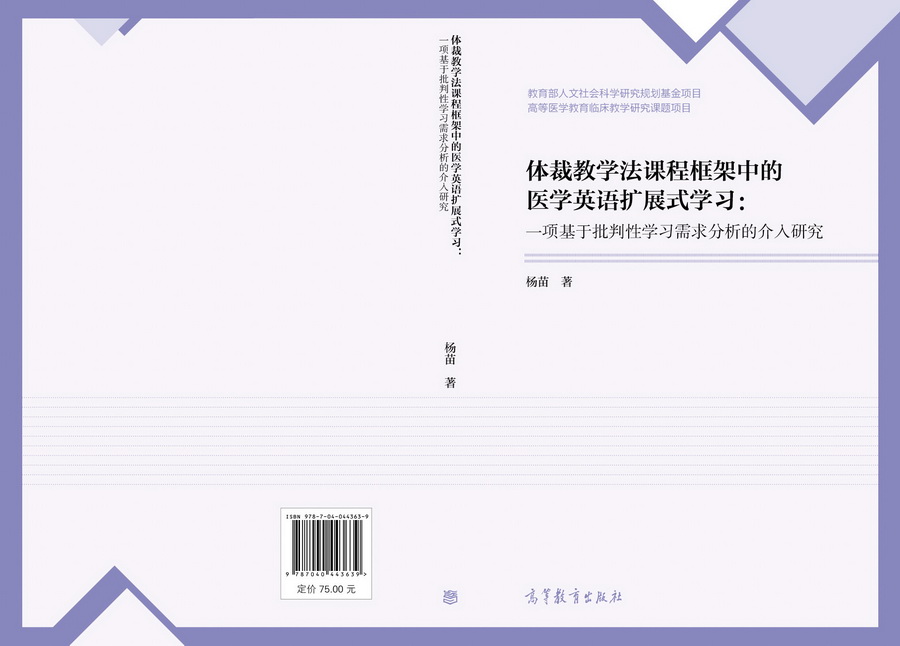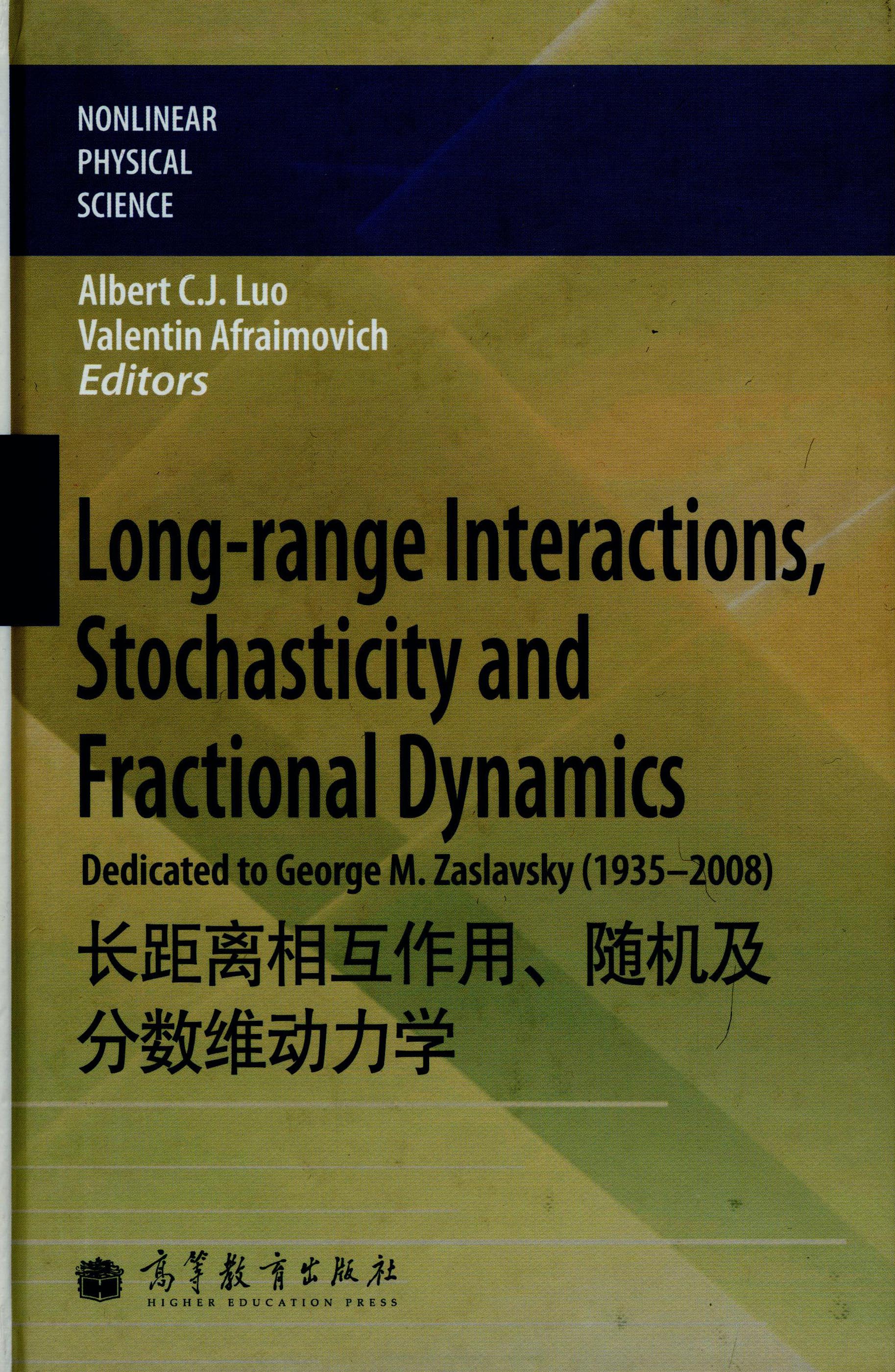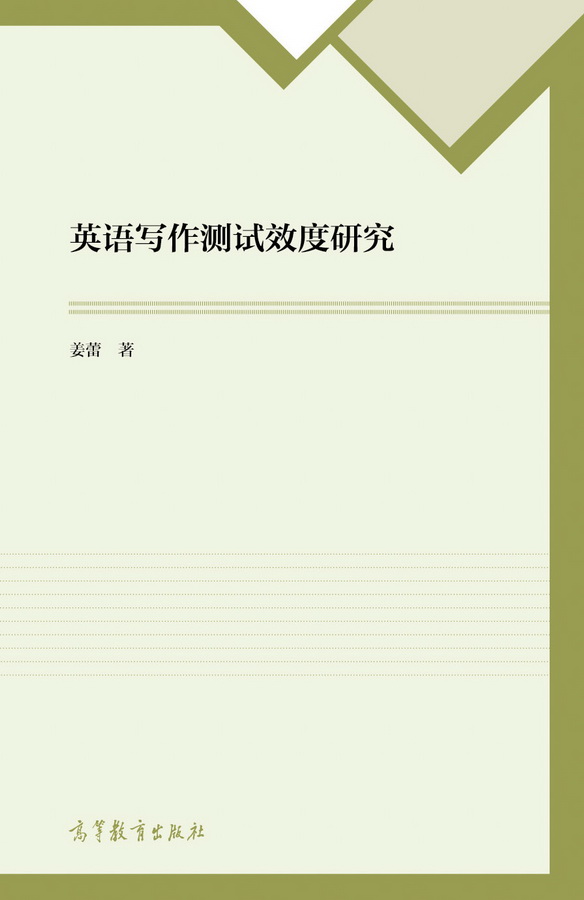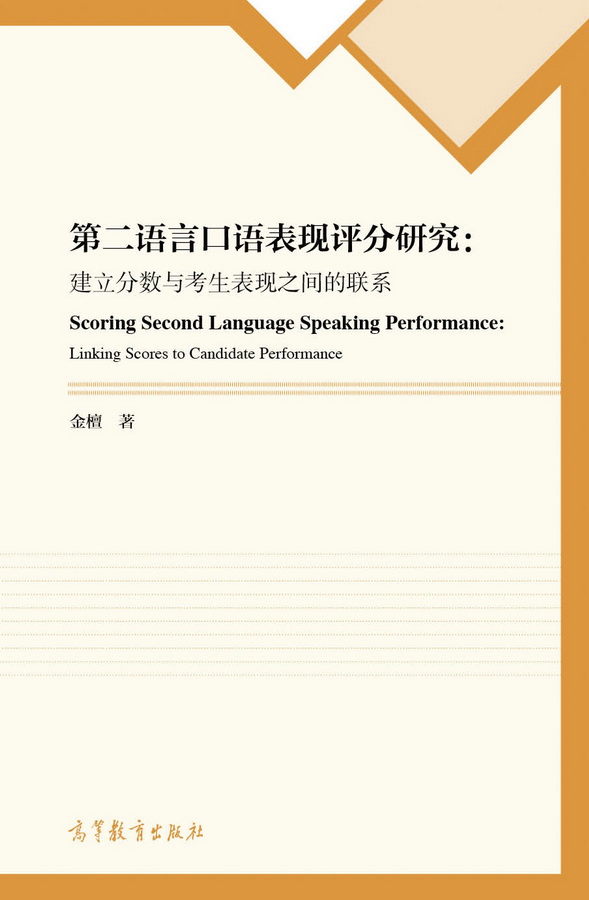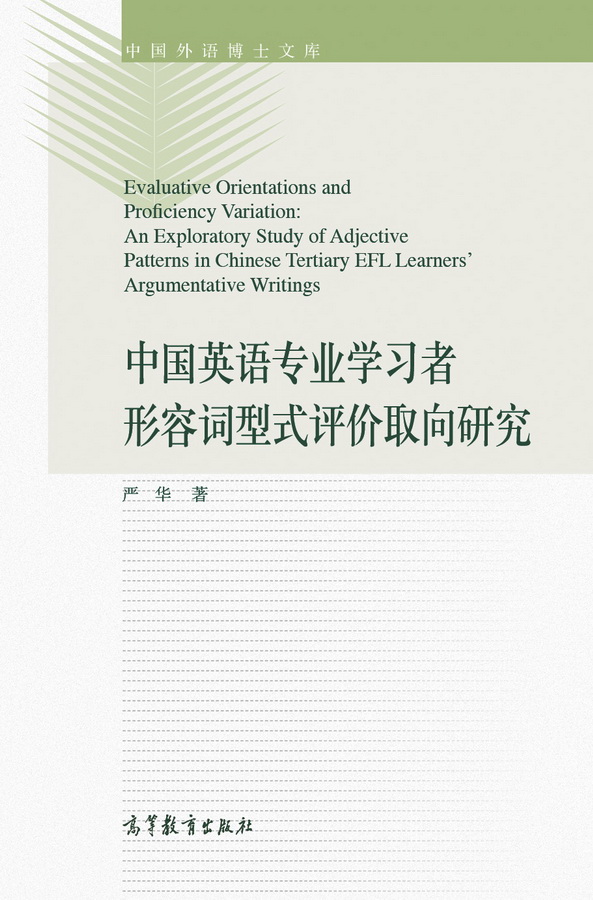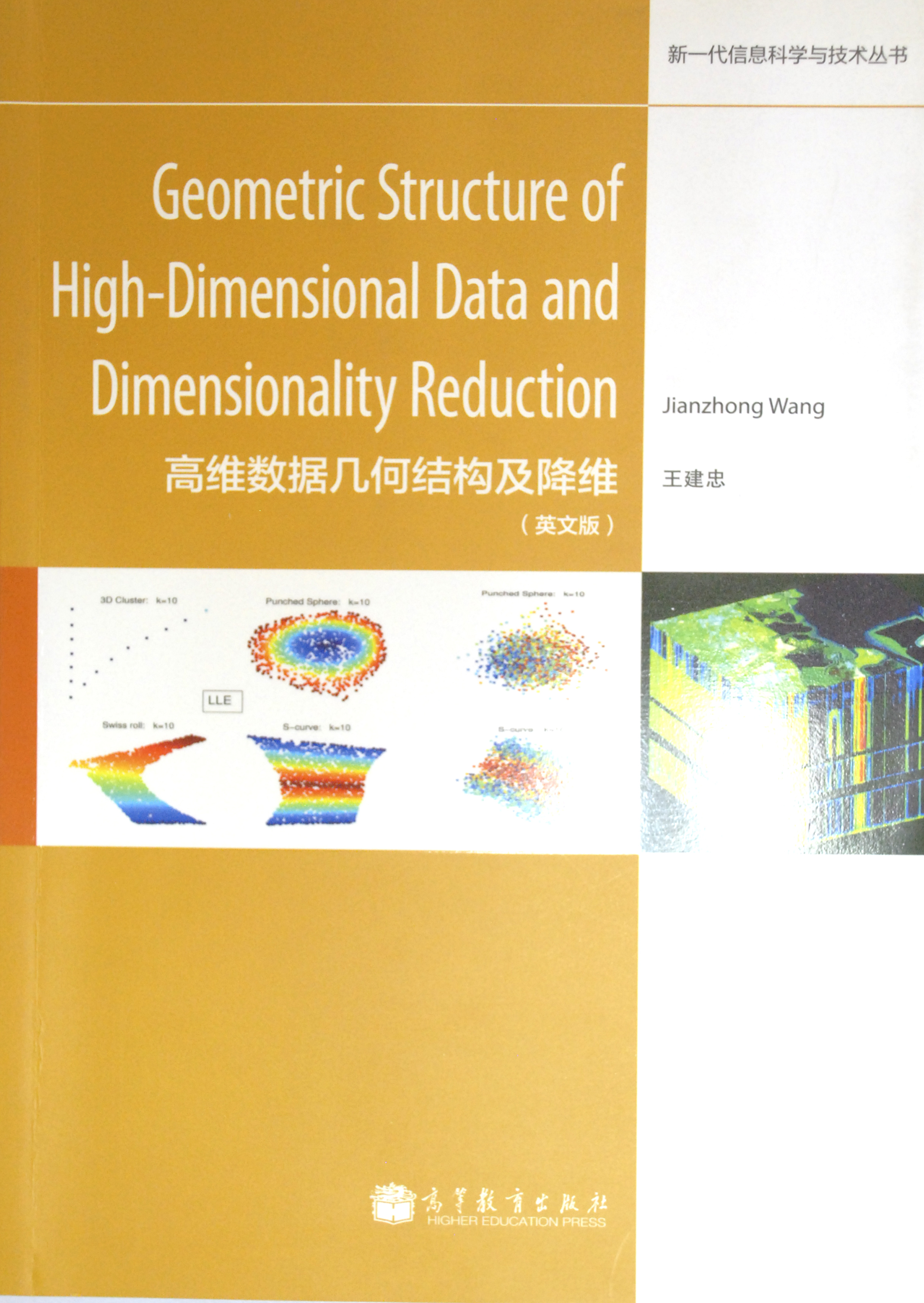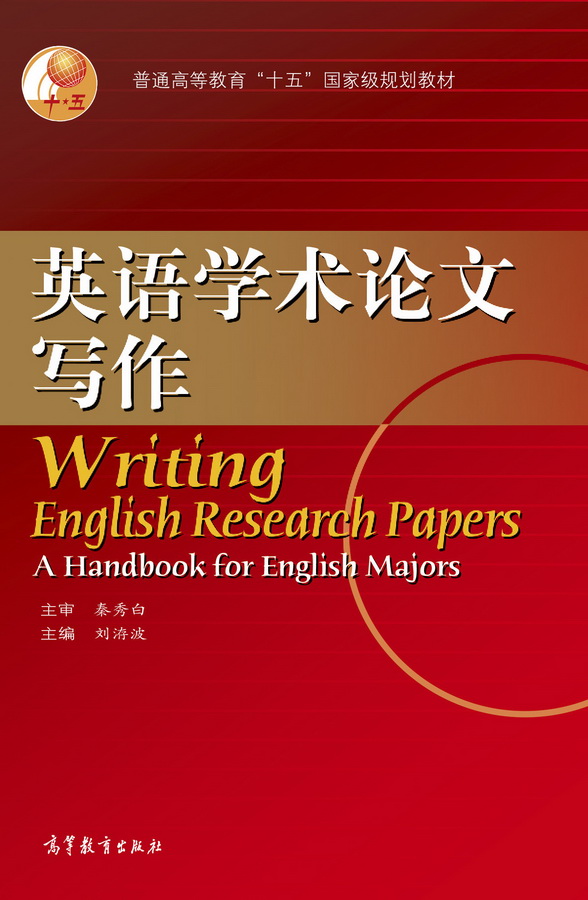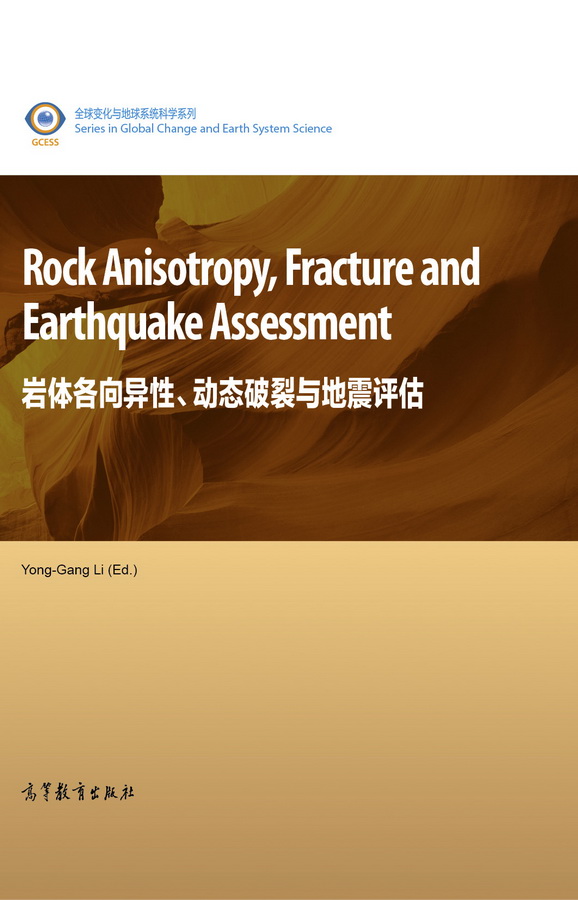体裁教学法课程框架中的医学英语扩展式学习:一项基于批判性学习需求分析的介入研究
作者: 杨苗
出版时间:2017-12-18
出版社:高等教育出版社
- 高等教育出版社
- 9787040443639
- 1
- 239699
- 平装
- 16开
- 2017-12-18
- 446
- 415
前辅文
Chapter 1 Introduction..
Chapter 2 Literature Review..
2.1 Connecting Words with World: A Critical Approach to ESP
2.1.1 The Cultural Politics of English Language Teaching
2.1.2 A Critical Approach to ESP
2.2 Research in English for Medical Purposes: The State of the Art.
2.2.1 Trends in English for Medical Purposes
2.2.2 Medical English in China: The Missing Perspectives
2.3 Needs Analysis .
2.3.1 The “What” of Needs Analysis: From Target Situation Analysis to Right Analysis
2.3.2 The “Why” of Needs Analysis: From Descriptive to Critical
2.3.3 The “How” of Needs Analysis: From Text-based to Activity-based
2.4 Activity Theory.
2.4.1 The Historical and Theoretical Development of Activity Theory
2.4.2 Key Tenets of Activity Theory
2.5 Expansive Learning: A New Approach to Understanding and Studying Learning .
2.5.1 Main Conceptions
2.5.2 Expansive Learning as Multi-dimensional Collective Transformation of Activity
2.5.3 The Expansive Learning Cycle
2.5.4 Expansive Learning as Concept Formation
2.5.5 Expansive Learning as Boundary-crossing Actions
2.5.6 The Need to Study Expansive Learning in Educational Contexts
2.6 Genre-based Pedagogy: A New Mediational Tool in Expansive Learning
2.6.1 Genre and Genre-based Pedagogy
2.6.2 The Activity Theory of Genre
2.6.3 GBP-mediated Expansive Learning
2.7 The Theoretical Framework of the Present Research
2.7.1 Critical Theories and Socio-cultural Theories — A Conceptual Tool
2.7.2 Activity Theory — A Contextualizing and Analytical Model
2.7.3 Genre-based Pedagogy — An Operational Model
2.7.4 The Expansive Learning Model — An Observational Model
2.8 A Summary of the Key Concepts of the Present Research
Chapter 3 Research Methodology.
3.1 Research Methodology.
3.1.1 Critical Ethnography
3.1.2 Case Study
3.1.3 Developmental and Interventionist Method
3.2 Research Design
3.2.1 The Expansive Developmental Research Model
3.2.2 The Overall Design of the Study
3.2.3 The Main Study
3.3 Limitations of the Research Design and Remedial Strategies
3.3.1 Limitations of the Overall Design
3.3.2 Limitations of Ethnography
3.3.3 Limitations of the Intervention Case Study
3.4 Conclusions
Chapter 4 Investigating the English Learning Needs.
4.1 Findings of the Documentary Analysis.
4.1.1 Findings Concerning the College Language Policies
4.1.2 Findings Concerning the Current Medical English Course
4.1.3 Findings Concerning Students’ Required English Proficiency Levels
4.2 Findings of the Questionnaire Survey
4.2.1 Why to Learn — Purposes and Reasons
4.2.2 What to learn — The Importance of English Learning and Language Skills
4.2.3 How to learn — Learning Medical English
4.2.4 Summary of Findings of the Questionnaire Survey
4.3 Findings of the Classroom Observations.
4.3.1 Activities in the Medical English Class
4.3.2 The Students’ Responses
4.3.3 Satisfied/Unsatisfied Learning Needs
4.3.4 Summary of Classroom Observations
4.4 Findings of the Interviews with Teachers.
4.4.1 The Teachers’ English Learning Experience
4.4.2 The Teachers’ English Learning Needs and Use
4.4.3 The Teachers’ Understanding of Medical Students’English Learning Needs
4.4.4 The Teachers’ Views of the Medical English Course
4.4.5 Summary of the Interviews with Teachers
4.5 Findings of the Focus Group Discussions with Students
4.5.1 English Learning and Use in Students’ School Life
4.5.2 Students’ Attitudinal Changes in English Learning
4.5.3 Students’ Views of the Medical English Course
4.5.4 Summary of Focus Group Discussions
4.6 Findings of the Retrospective Interviews with Medical Doctors
4.6.1 English Use in Doctors’ Workplace Activities
4.6.2 English Use in Doctors’ Career Development
4.6.3 English Use in Doctors’ Daily Lives
4.6.4 Summary of Interviews with Doctors
4.7 Conclusions
4.7.1 The Medical Students’ English Learning Needs: A Longitudinal Picture
4.7.2 The Medical Students’ English Learning Needs: A Multi-dimensional Picture
4.7.3 The Medical English Course: Satisfied and Dissatisfied English Learning Needs
Chapter 5 Analyzing the English Learning Needs.
5.1 Activity-based Analysis of the Medical Students’ English Learning Needs
5.1.1 Activity-based Needs Analysis
5.1.2 The Medical Students’ English Learning Needs as Displayed in Activities
5.2 Contradictions in the Activity System of Medical English Learning.
5.2.1 The Primary Contradictions in the Medical English Activity System
5.2.2 The Secondary Contradictions in the Medical English Activity System
5.2.3 The Tertiary Contradictions in the Medical English Activity System
5.2.4 The Quaternary Contradictions in the Medical English Activity System
5.3 Resolution of Contradictions Through Formulation of a New Mediating Tool
5.3.1 Contradictions in the Medical English Class Activity System
5.3.2 Genre-based Pedagogy as a New Mediating Tool
5.4 Conclusions
Chapter 6 Reconceptualizing the English Learning Needs.
6.1 Findings of the Questionnaire Surveys.
6.1.1 Findings of the English Learning Questionnaire
6.1.2 Findings of the Genre-based Instruction Questionnaire
6.1.3 Summary of Questionnaire Surveys
6.2 Findings of the Post-unit Interviews
6.2.1 Fu
6.2.2 Yuan
6.2.3 Hai
6.2.4 Ke
6.2.5 Xiao
6.2.6 Fan
6.2.7 Summary of the Post-unit Interviews
6.3 Conclusions
Chapter 7 Appropriating Genre and Genre-based Pedagogy.
7.1 The Teacher’s Conceptualization of Genre and Genre-based Pedagogy
7.1.1 Fang’s Previous Experience in Learning and Teaching English
7.1.2 The Horizontal Dimension: Genre-based Pedagogy as a Pedagogical Tool
7.1.3 The Vertical Dimension: Genre-based Pedagogy as a onceptual Tool
7.2 The Students’ Conceptualization of Genre and Genre-based Pedagogy
7.2.1 The Students’ Overall Evaluation of Genre-based Classroom Activities
7.2.2 The Horizontal Dimension: Genre as a Learning Tool
7.2.3 The Vertical Dimension: Genre as a Conceptual Tool
7.3 Conclusions
Chapter 8 Crossing the Boundary of Disciplines..
8.1 The Boundary-crossing Actions in the Expansive Learning Cycle.
8.1.1 The Horizontal Movement Across Borders of Disciplines
8.1.2 The Boundary-crossing Actions in Cycles
8.1.3 The Expanded Boundary Zone in the Boundary-crossing Actions Cycles
8.1.4 Contradictions as the Source of Evolution in Boundarycrossing Actions Cycles
8.2 Boundary-crossing Actions as Bilaterally Beneficial Assisted Performance.
8.2.1 Fang’s Boundary-crossing Learning
8.2.2 The Researcher’s Boundary-crossing Learning
8.3 Conclusions
Chapter 9 Summarizing the Case Study.
9.1 The GBP-mediated Expansive Learning.
9.2 Resolving Contradictions in the Medical English Class Activity System
9.3 Expansive Learning as Collective Zone of Proximal Development
9.4 Implications of the Intervention Case Study
9.4.1 Teaching the Concept of Genre More Consciously to Students
9.4.2 Highlighting the Techniques of Genre Analysis
9.4.3 Keeping a Proper Balance Between the Genre-based Content and the Students’ Academic Learning Level
9.4.4 Explaining the Real Learning Needs Clearly While Catering for Students’ Interests
9.5 Conclusions
Chapter 10 Concluding the Research..
10.1 Summarizing the Findings.
10.1.1 Revisiting the Research Questions
10.1.2 Answering the Main Research Question
10.2 Significance of the Present Research
10.2.1 Significance for Researching Learning in ESP Courses
10.2.2 Significance for Researching Team-teaching in ESP Programs
10.2.3 Enhancing Understanding of Some Key Constructs
10.3 Limitations of the Research
10.3.1 Limitations of the Critical Ethnographic Design
10.3.2 Limitations of the Genre-based Interventional Instruction
10.4 Directions for Further Research.
10.4.1 Conducting Interscholastic Needs Analysis
10.4.2 Developing Genre-based Medical English Courses
10.4.3 Researching on GBP in Other ESP Contexts
10.4.4 Investigating Teacher Collaboration in More Educational Contexts
10.4.5 Researching Teacher Training for Language Pedagogies
10.4.6 Researching Motivational Strategies in English Language Classrooms
10.5 Conclusions
Appendix
Appendix 1A The English Learning Questionnaire (for students).
Appendix 1B Classroom Observation Protocol (for needs analysis)
Appendix 1C Post-observation Interview Prompts
Appendix 1D Focus Group Discussion Prompts .
Appendix 1E Doctors’ Workplace Activity Sheet
Appendix 1F Retrospective Interview Prompts
Appendix 2A Open Questions to Elicit Data of Students’ Views of Medical English Learning
Appendix 2B The Genre-based Instruction Questionnaire
Appendix 2C Classroom Observation Protocol (for the first unit in the case study)
Appendix 2D Post-unit Interview Prompts.
Appendix 2E Post-unit Reflection Log.
Appendix 3 Genre-based Lesson Plans and Teaching Materials
Appendix 4 Excerpt from Fang’s Medical English Class on Cell, Tissues and Organs.
Appendix 5 Excerpt from Fang’s Medical English Class on Case History Writing
Appendix 6 Excerpt from Fang’s Medical English Class on Abstract Writing
References

